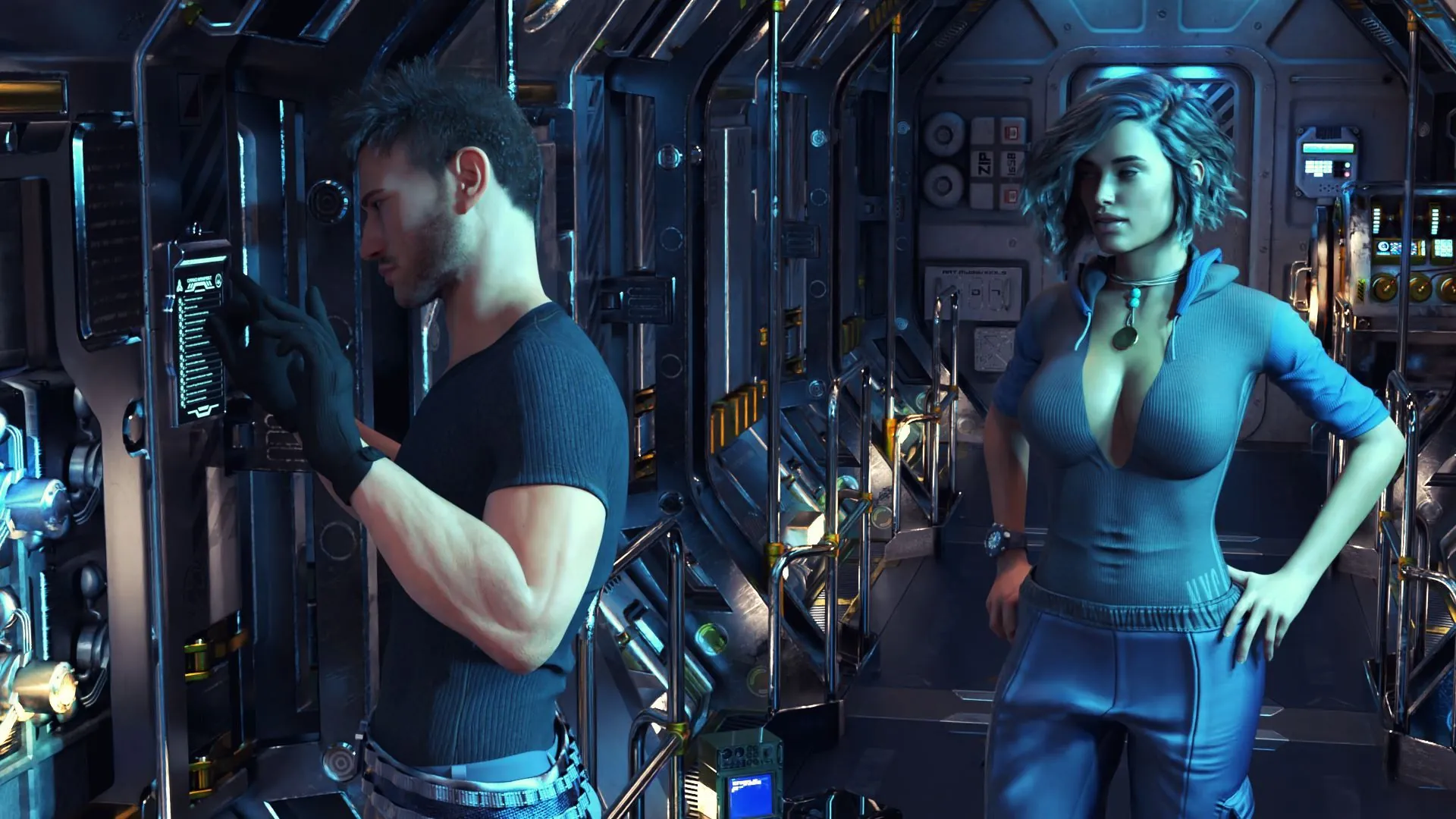
Project SAGE
Play Project SAGE
Project SAGE review
Uncovering the Intricacies of Project SAGE
Project SAGE is a game that has garnered significant attention for its unique approach to storytelling and player choice. With no right or wrong way to play, it offers a dynamic experience that caters to individual preferences. This article delves into the world of Project SAGE, exploring its mechanics, user experiences, and what makes it stand out.
Understanding Project SAGE
What is Project SAGE?
Ever feel like most games just herd you down a predetermined path? 😩 Like your “choices” are really just illusions? That’s exactly why Project SAGE feels like a lightning bolt in a thunderstorm ⚡. At its heart, it’s a narrative adventure where every decision genuinely reshapes your journey. Forget linear storytelling—this is like holding the author’s pen yourself ✍️.
I remember my first session: I agonized for 10 minutes over whether to expose a character’s secret or protect them. That tension? Pure magic ✨. Unlike other RPGs where consequences feel cosmetic, Project SAGE uses adaptive algorithms to make your playthrough uniquely yours. One friend got a tragic ending because they ignored side quests; mine turned hopeful because I helped a seemingly minor NPC. Mind-blowing stuff! 🤯
Key Features and Gameplay
Let’s unpack why Project SAGE gameplay stands out. First, the branching narratives aren’t just “good vs. evil” clichés. You’ll face morally gray dilemmas where saving one community dooms another 😬. Second, the dynamic world reacts in real-time—characters remember your actions, allies betray you if mistreated, and environments evolve. Third, the “butterfly effect” system means tiny choices (like sparing an enemy) can unlock hidden story arcs hours later! 🌪️
Here’s a quick example: Early on, you investigate a crime. If you accuse the wrong suspect? That innocent NPC becomes a vengeful antagonist later. Choose wisely! 🔍 This depth makes Project SAGE gameplay infinitely replayable—I’ve done three runs and discovered new factions each time.
| Core Feature | Impact on Experience |
|---|---|
| Choice-Driven Quests | 35+ unique story outcomes based on decisions |
| Relationship System | Allies/enemies dynamically shift based on loyalty |
| Procedural Dialogue | Characters adapt conversations to your past actions |
Plus, the Project SAGE features include no grind—just pure storytelling. Want pacifist routes? Done. Crave chaos? Go wild! 🎭
User Experience and Feedback
So, what’s the actual Project SAGE user experience like? Smooth as silk 🥋. The interface disappears—no cluttered menus, just immersive decision prompts. I lost track of time during midnight sessions because the pacing never drags. New players love the intuitive tutorial, but veterans geek out over hidden mechanics (like influencing political elections in-game! 🗳️).
Now, let’s talk Project SAGE reviews. Critics rave about the emotional depth—“A masterclass in player agency” says one outlet. Players echo this: Project SAGE testimonials often mention crying at endings they didn’t see coming 😭. One user wrote: “I replayed the finale four times because I couldn’t accept my consequences… that’s powerful.”
Pro Tip: Keep a journal! 📔 Tracking choices helps avoid regret later.
The only gripes? Some want longer playthroughs (but with 50+ hours of content, that’s nitpicking). Overall, Project SAGE user experience feels like gaming’s future—personal, poignant, and profoundly human ❤️. Ready to write your story? Your first epic choice awaits… 🎮
In conclusion, Project SAGE offers a unique gaming experience that focuses on player choice and dynamic storytelling. By understanding its mechanics and user experiences, players can better appreciate the depth and complexity of the game. For those interested in exploring more, Project SAGE is certainly worth a look.











